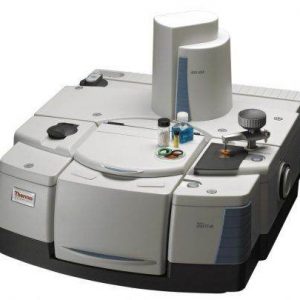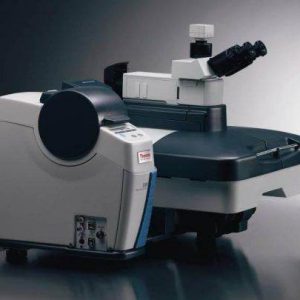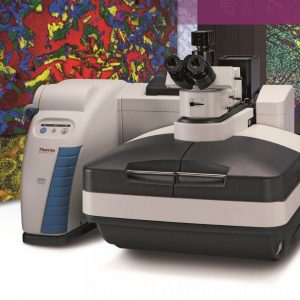Detective story: why did the plastic part fail?
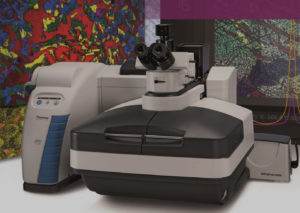
If you use plastic parts during production, you may encounter a problem that some of them will fail. This can have a number of reasons, from unsatisfactory physical properties to an unexpected chemical reaction in the material that has occured unnoticed. In many cases, such a failure may not have serious consequences, but if the component is in the wrong place, it can literally be life-threatening. And the search for the cause thus becomes a real detective story.
- Application description
- FT-IR spectroscopy
- Raman spectroscopy
In the case of our detective story, a plastic cover got into the main role. It supposed to remain opaque to prevent interference with sensitive components inside the device. However, this did not happen as the cover began to transmit unwanted radiation, although at the first glance everything seemed to be fine. Transmittance measurements then showed that, compared with a properly functioning enclosure, the faulty one transmits a significant amount of radiation. In order to determine the cause of this phenomenon, the sample was also analyzed by thermogravimetric analysis (TGA).
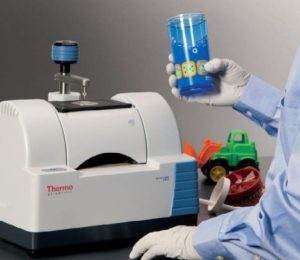 The principle of this measurement is that the sample is gradually heated, which releases individual compounds from it, and we then analyze them. The defective cover turned out to contain less inorganic fillers. However, this was not enough for the final verdict and it was necessary to proceed to the analysis by infrared spectroscopy: FT-IR with iS50 spectrometer. Using this method, it was found that a properly functioning cover, unlike the defective one, contains rutile, one of the forms of TiO2. This was also confirmed by Raman spectroscopy, which can also be performed using the iS50 spectrometer.
The principle of this measurement is that the sample is gradually heated, which releases individual compounds from it, and we then analyze them. The defective cover turned out to contain less inorganic fillers. However, this was not enough for the final verdict and it was necessary to proceed to the analysis by infrared spectroscopy: FT-IR with iS50 spectrometer. Using this method, it was found that a properly functioning cover, unlike the defective one, contains rutile, one of the forms of TiO2. This was also confirmed by Raman spectroscopy, which can also be performed using the iS50 spectrometer.
This detective story shows that not only does laboratory work sometimes resemble detective investigation, but also that if we encounter a problem, we need to look at it from more angles before we find a final solution. The iS50 spectrometer is therefore the ideal equipment for all similar “detective” laboratory, as it allows not only the measurement of infrared spectra in the classical way, but also enables using the ATR method, can measure Raman spectra, and can be connected to other instruments such as TGA or GC.

